Creating an organized and efficient classroom environment is essential for promoting a productive learning environment. By implementing strategies such as flexible seating, maximizing student workspace, and implementing effective labeling systems, teachers can create a space that is conducive to student success. In this article, we will explore various classroom organization strategies that can help create an optimal learning environment for students.
Clear and declutter the classroom.
One of the first steps in maximizing student workspace is to clear and declutter the classroom. Remove any unnecessary items or materials that are taking up space and causing distractions. Create designated areas for different supplies and materials, such as a reading corner, calendar area or imagination station area. Use storage bins, shelves, and organizers to keep everything neat and easily accessible. By creating a clean and organized environment, students will have more space to work and focus on their tasks.
Steps to take to clear and declutter.
- Organize teacher desk area and cupboards for teaching supplies
- This will allow your lessons to run smoothly.
- Organize manipulatives
- Clear bins that are labeled make it easy for the kids to grab them and go.
- Area for Students to Grab Supplies
- Pencils Dull & Sharp
- Bins for students to access supplies such as glue bottles, glue sticks, markers, colored pencils, scissors, and expos.
- Area to Turn in Papers
- Paper bins labeled: Turn In Basket, Homework, Reading, Math, Writing, etc…
- Teacher Read-alouds Organized by months, or by topics
- Recycle, Give Away, or Throw Away
- If you haven’t used it in 2 years you’re not going to use it. Get rid of it and clear your classroom from clutter.
- Students’ Desk
- pencil box: 2 pencils, crayon box, 1 glue stick, scissor, 1 expo marker, expo eraser, pink eraser, binder, 1 folder, math book, and gratitude journal
- Students’ Cubbies
- Plastic shoe box
- All extra supplies go in the plastic shoe box for later use
- Extra folders, and spirals go under their plastic shoe box
- Plastic shoe box
Create designated spaces for different activities.
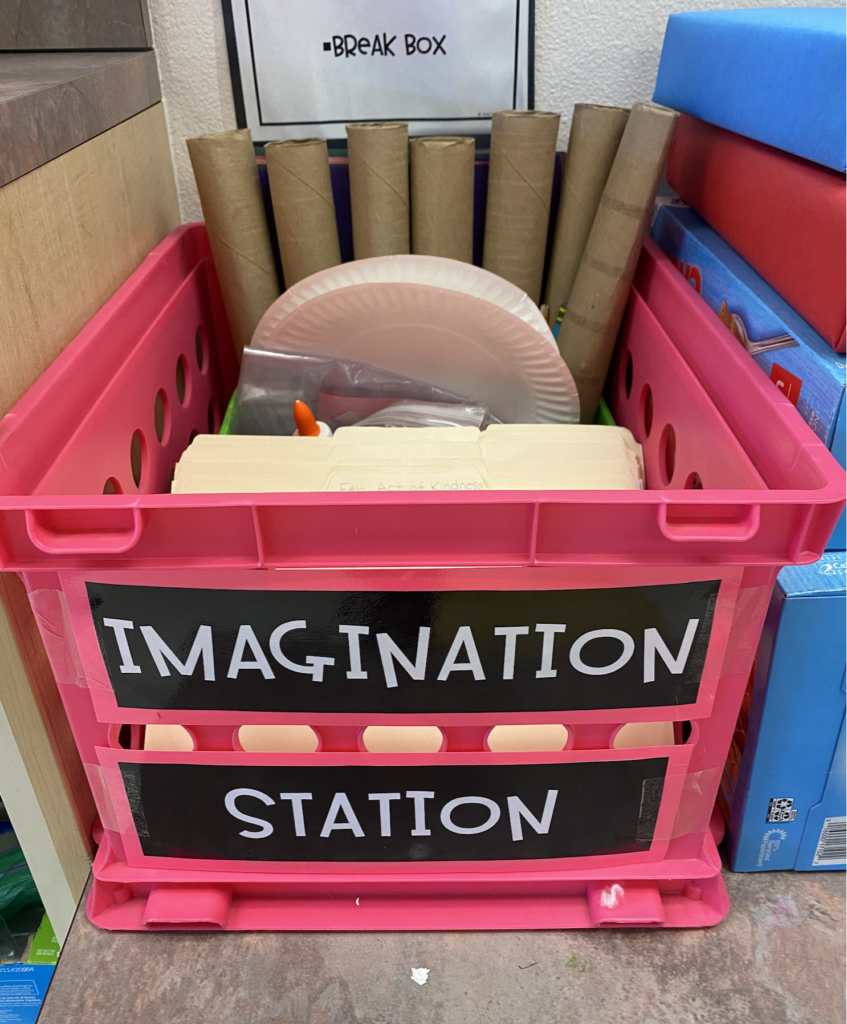
In order to maximize student workspace, it’s important to create designated spaces for different activities in the classroom. This helps to keep materials organized and easily accessible for students. For example, you can create a reading corner with comfortable seating and a variety of books for students to choose from. This provides a quiet and cozy space for students to read and relax. Additionally, you can set up an imagination station with all the necessary supplies for students to engage in creative activities. This allows students to express their creativity and explore different art techniques. By creating these designated spaces, students will have a clear understanding of where to go for specific activities and materials, making the classroom more organized and efficient.
- Fast Finisher Corner
- Imagination Station Items
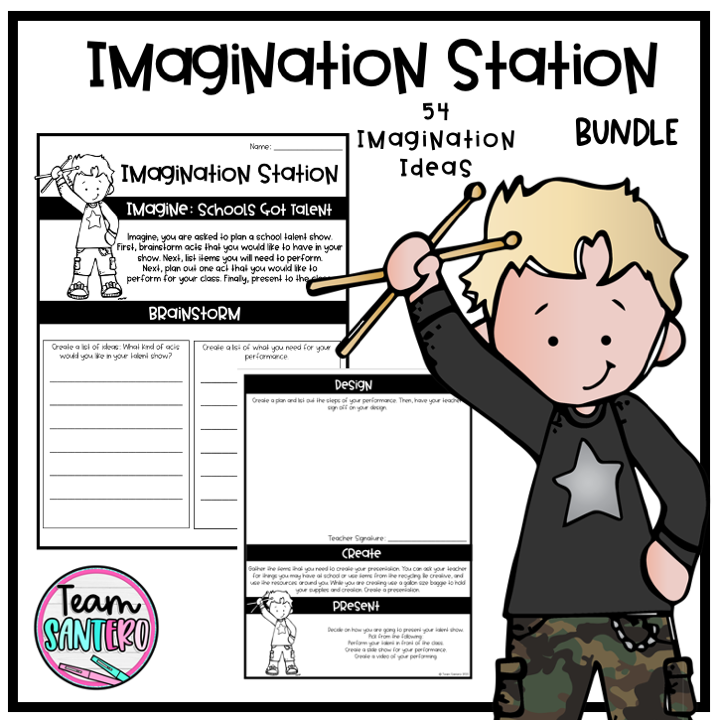
- Reading Corner
- Small rug
- Lamp
- Bookshelf of books
- Morning Meeting Area and Relaxation Corner
- Large Rug
- Chair
- Lamp
- Break Box: timer, fidget toys, and stress release items
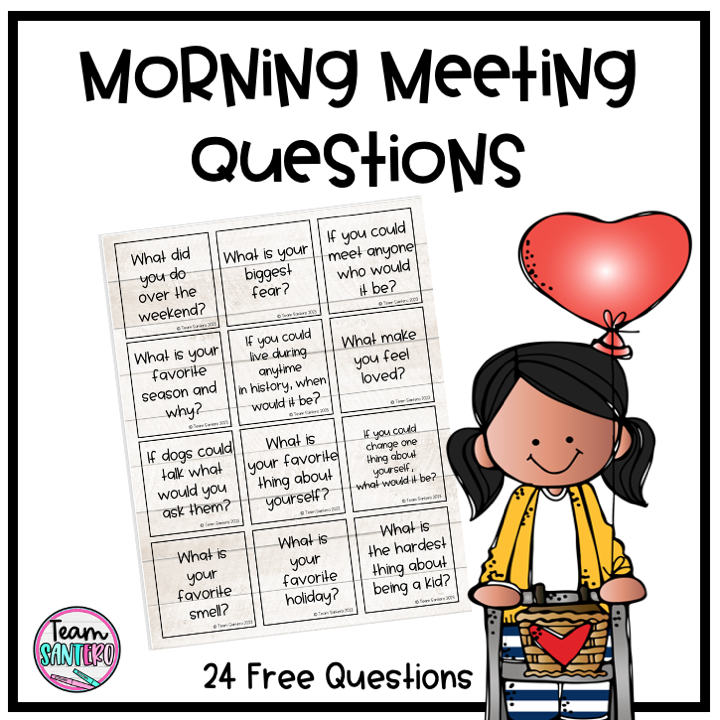
- Center Stations for Reading & Math
- Table and Chairs or space on the floor for them to sit
- Bin for all center items ready to go for the day or week
- Center Slides to make everything run smooth
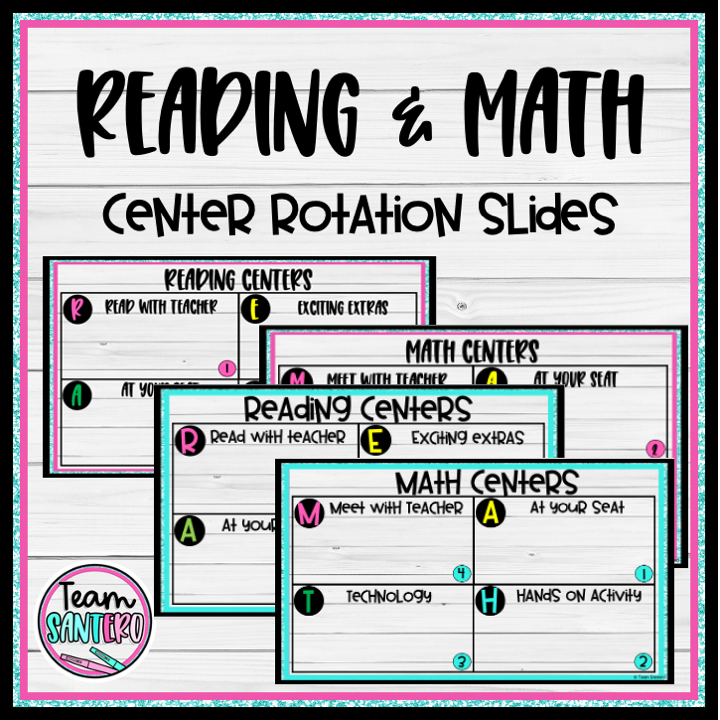
- Technology Station
- Charging Station
- Bin for Headphones or headphones may go in their individual cubbies
- Table and chairs
Use storage solutions to keep materials organized.
One of the key strategies for maximizing student workspace is to use storage solutions to keep materials organized. This helps to reduce clutter and ensure that students can easily find and access the materials they need. Consider using bins, baskets, and shelves to store books, supplies, and other classroom resources. Labeling these storage solutions can also be helpful, as it allows students to quickly identify where specific materials are located. Additionally, consider implementing a system for rotating materials, such as a “supply station” where students can exchange old materials for new ones. By keeping materials organized and easily accessible, students will be able to focus on their work and make the most of their workspace.
Implement a flexible seating arrangement.
Another effective strategy for maximizing student workspace is to implement a flexible seating arrangement in the classroom. Traditional desks and chairs can be limiting and may not cater to the diverse needs and preferences of students. By incorporating flexible seating options such as bean bags, floor cushions, standing desks, or even exercise balls, students have the freedom to choose a seating option that is most comfortable and conducive to their learning style. This not only allows for more movement and engagement during lessons but also creates a more relaxed and inviting atmosphere in the classroom. Additionally, flexible seating can help accommodate students with physical disabilities or sensory sensitivities, ensuring that all students have equal access to a comfortable and productive workspace.
- Find a specific area for your flexible seating to be stored when not in use
- If you don’t have enough flexible seating for everyone to choose then create a weekly schedule and give students a specific day to be able to pick their flexible seating. That way there is no fighting or arguing over who gets what.
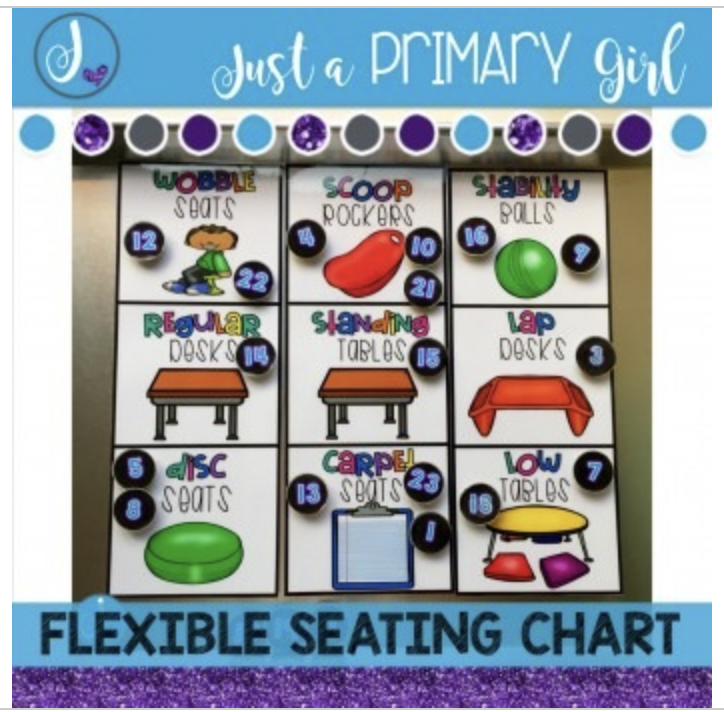
- Teach procedures on how to use the different choices so that everyone is aware of your expectations.
- Simple Expectations are needed to manage the seating on a daily basis.
- Example: If it is bothering you, your neighbor, or the teacher then you need to go get a regular chair.
Use labels and visual cues to help students find and return materials.
One effective way to maximize student workspace and promote organization in the classroom is to use labels and visual cues. By clearly labeling storage bins, shelves, and other areas where materials are kept, students can easily find and return their materials. This not only saves time and reduces frustration but also teaches students important organizational skills. Additionally, using visual cues such as color-coded labels or pictures can help students who may struggle with reading or have visual impairments. These visual cues provide a clear and consistent system for organizing materials, making it easier for students to locate what they need and maintain a tidy workspace.
